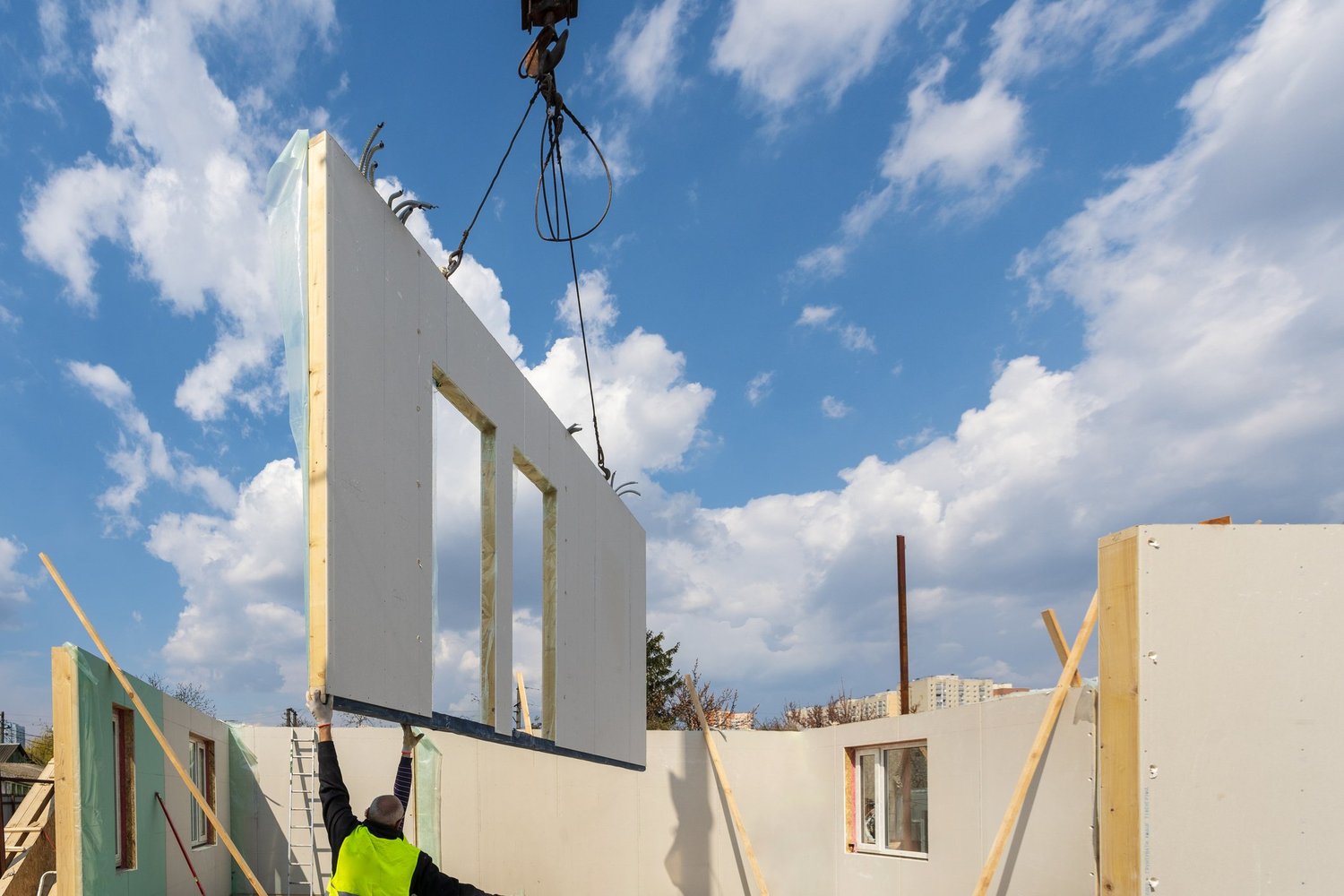Nearly half of Americans say the rising cost of living is the biggest threat to their long-term financial half. And there’s valid cause for concern. The value of homes has increased 73% since the 1960s, adjusted for inflation, while rental costs increased 46% from the 1960s to 2000.
On top of higher costs simply to buy or own a home, the United States is also producing and consuming more energy. In 2019, America produced 101 quadrillion British thermal units (or quads) and consumed 100.2 quads of energy. Fossil fuels—including petroleum, natural gas, and coal—made up about 80% of the country’s primary energy production in 2019.
With cost of living and energy usage both increasing, it may seem like we’re in trouble. But thanks to technological advancements, there’s plenty of hope on the horizon. These five technologies can have a positive impact on both affordable housing and sustainable living.


